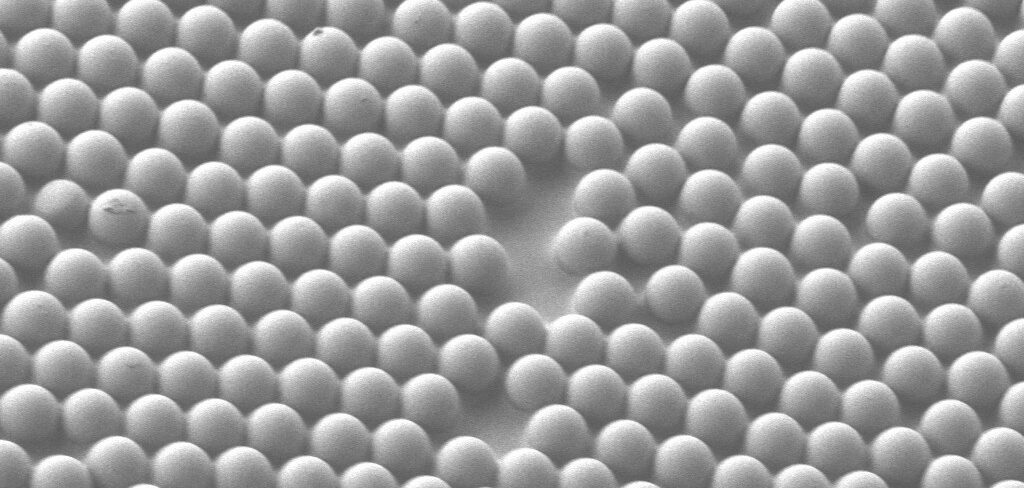A technology known as microscale concave interfaces (MCI) could be deployed in the future to help autonomous driving systems read road signs more easily and be less susceptible to misinterpreting damaged or altered signs.
According to research undertaken at universities in both the USA and China, MCIs – formed by embedding polymer microspheres in the surface of a transparent tape, creating a retroreflective material – reflect white light in such a way as to create distinctive rainbow patterns in the visual spectrum. Furthermore, when targeted with infrared lasers, the material also produces a distinctive concentric ring patten.
Tests were undertaken using a traffic stop sign coated with the MCI tape, which was imaged using both visible light cameras and in the infrared spectrum, via lidar. According to the researchers, both sensing systems produced strong results, with far greater clarity than a traditional signpost. During the tests, the sign was illuminated with a fixed position light source, while the cameras were moving in relation to the signs.
Using the visual spectrum camera, the image color of the sign would change as the camera moved. However, with lidar, the image remained consistent regardless of camera position. The research team believes that this combination of both changing and steady images could be used to aid AI systems’ pattern recognition.
University at Buffalo (UB) engineering researcher Prof. Qiaoqiang Gan, who led the program, noted that future applications of these effects could include aiding autonomous vehicles in recognizing traffic signs.
“Currently, autopilot systems face many challenges in recognizing traffic signs, especially in real-world conditions. Smart traffic signs made from our material could provide more signals for future systems that use lidar and visible pattern recognition together to identify important traffic signs. This may be helpful to improve the traffic safety for autonomous cars.”
The MCI, which is classified as a retroreflective material, has been patented in the USA and China, by UB and Fudan University respectively, and future research plans will involve experiments with different wavelengths of light, as well as varying the composition of the microspheres, with the goal of enhancing their performance.



